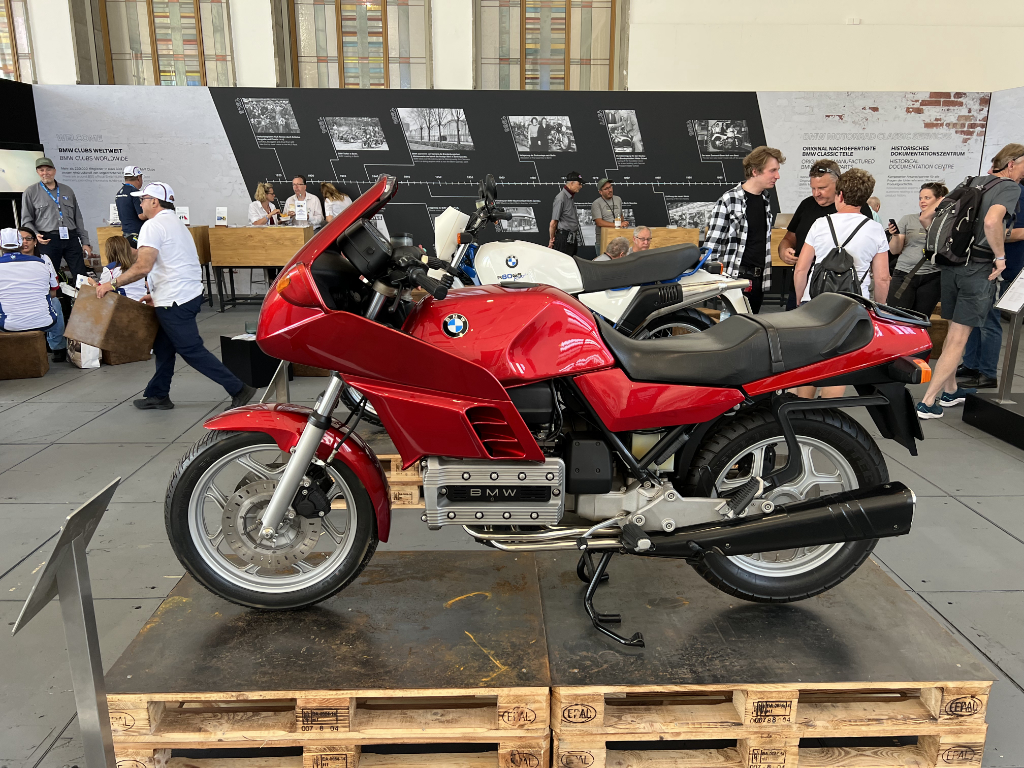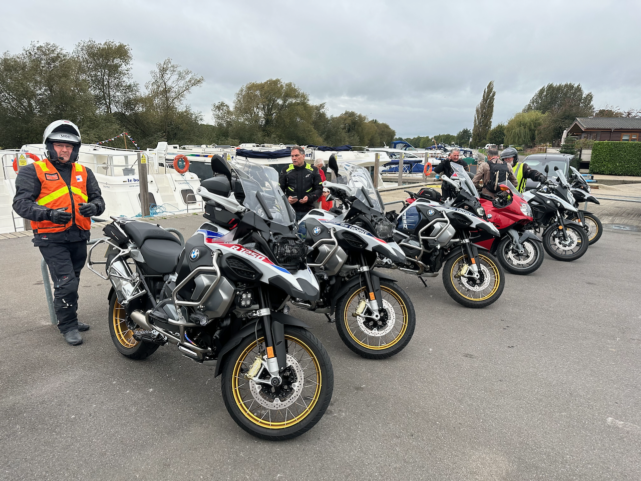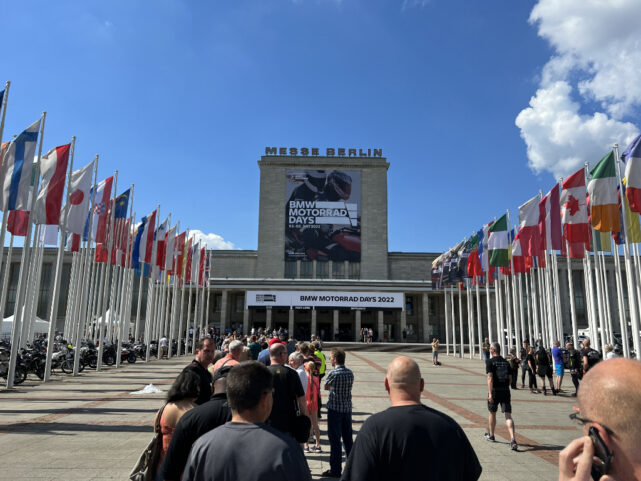Yesterday evening we had the Oxford Section visit to the Culham Centre for Fusion Research (CCFE), which was very good. Thank you to the 23 attendees from the section for coming and asking some good questions. The visit was part of a larger open evening, we were two of the eight groups!
The evening started with a presentation by Sarah Fell to give us some background to the nuclear fusion research and during the visit we saw the (JET) Joint European Torus, currently the world’s largest fusion Tokamak which has reached temperatures of 150 million C during fusion ‘pulses’. JET was in maintenance mode during the visit so we were allowed to get quite close, inside the very thick shield doors that protect the scientists and engineers during experiments. Its difficult to give an idea of the scale and ambition of JET but we learnt that when the experiment is running it consumes about 2% of the entire national grid – the electricity bill is very large! The particle accelerators which perform the final stage of the heating process for the fusion plasma deliver the kinetic energy equivalent to a 400 tonne TGV train travelling at 212 mph colliding onto a fusion target 4g in size.
The short video shows a JET fusion pulse, the bright white areas are actually cooler as the dark areas are emitting higher energy x-rays beyond hitman vision.
We also visited the MAST (Meg-Amp Spherical Tokamak) which is newer and smaller than JET and is investigating how to design exhaust for Fusion Reactors. The fusion plasma eventually diffuses away and is still very hot, the amount of energy that has to be absorbed by the reactor walls is several megawatts per square meter – similar to the re-entry temperatures for the Space Shuttle. The pulse in the MAST is spherical, unlike the JET doughnut:
Both JET and MAST are carrying out research leading to a new, larger Tokamak ITER (for Tokamaks size does matter!) being built by the European Union, US, Japan, India, China, Korea and Russia in the South of France. fusion research is a very expensive and complex enterprise which needs international cooperation. The plan is that after ITER we would then see prototype fusion reactors being developed – lets hope CCFE and ITER are successful it will be good for our grand children!
This visit was a very enjoyable evening, thank you to Catherine Moxey for organising the trip and to all the staff at Culham who hosted us. Just a small plug we have a trip to the Diamond Light Source at Harwell in plan for 2018.









You must be logged in to post a comment.